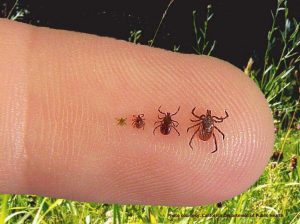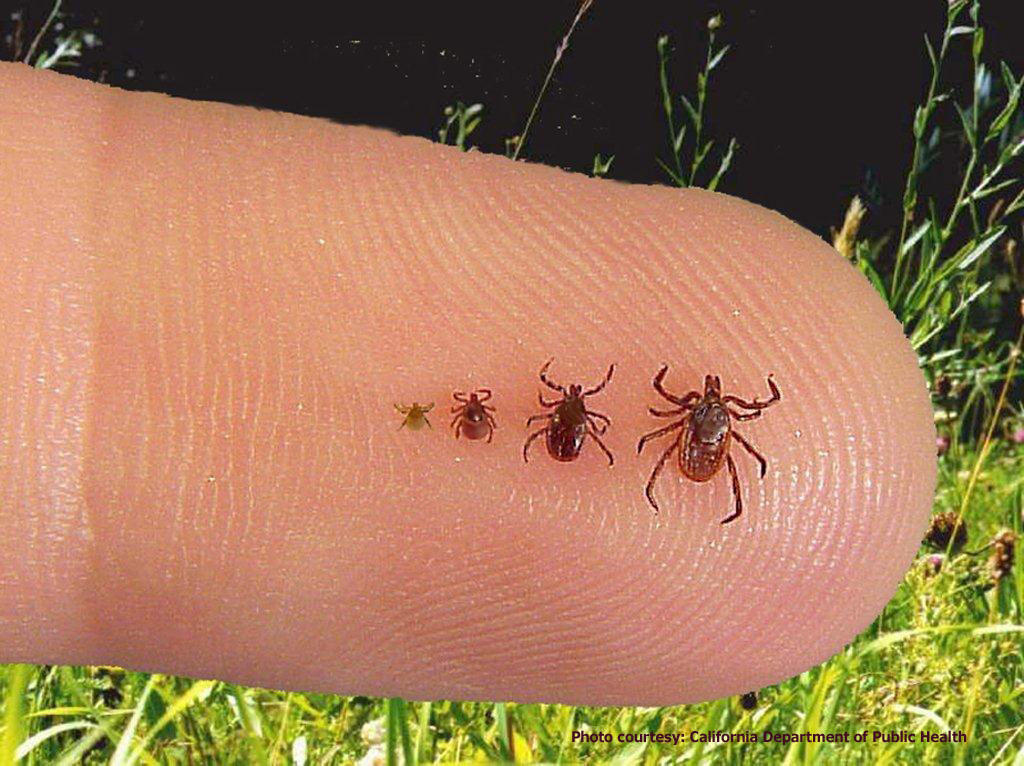
What you need to know about ticks
Ticks are seen on mammals, birds and reptiles or amphibians. Ticks are relatives of the spider, and they do not jump, fly or drop from trees. They range in size but usually start off as small as the size of a period at the end of a sentence.
Most ticks are found in backyards, under leaves and on the ground where there are rodents and mammals. There are many varieties of ticks, and they can carry different diseases that are harmful to humans.
If a tick bites you the illness, they may transmit will greatly depend on the tick that bit, you.
The most common tick is the black-legged tick, and they are known to transmit four disease agents: Babesiosis, Borrelia miyamotoi infection, Powassan virus and Lyme disease.
- Babesiosis – This is a rare condition where symptoms develop as a fever and include chills, sweats, headache, body aches and loss of appetite.
- Borrelia miyamotoi – This condition causes relapsing fever for some weeks or months.
- Powassan virus – Powassan is very rare as there have been 75 cases over the past decade. This disease has seen 15% of suffers die with at least 50% with long-term neurological damage.
- Lyme disease – This is one of the most common tick-borne diseases and includes flu-like symptoms and if left untreated can spread to the joints and the nervous system.
To avoid tick bites, make sure you apply a good quality insect repellant with DEET whenever you go gardening, camping or hiking. If you have pets at home, ensure that they are regularly treated to avoid them being infected by ticks.
